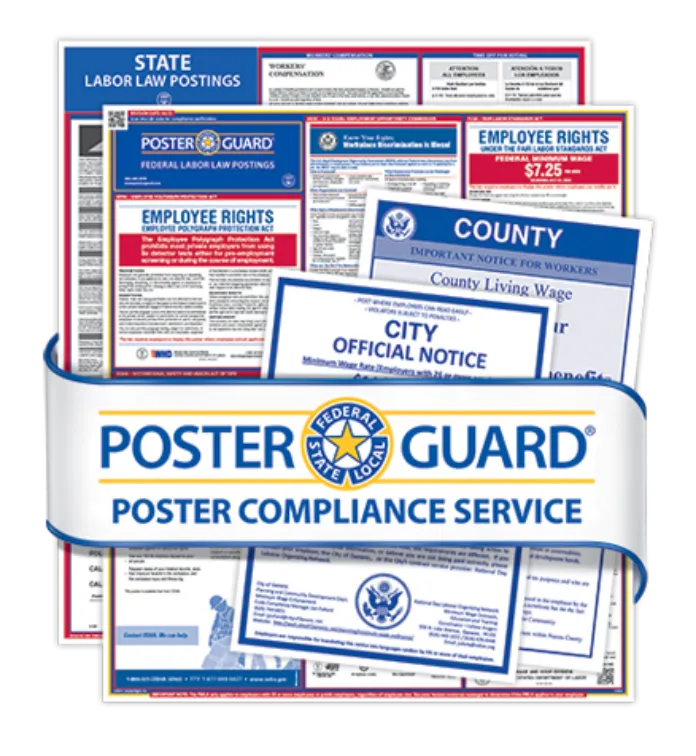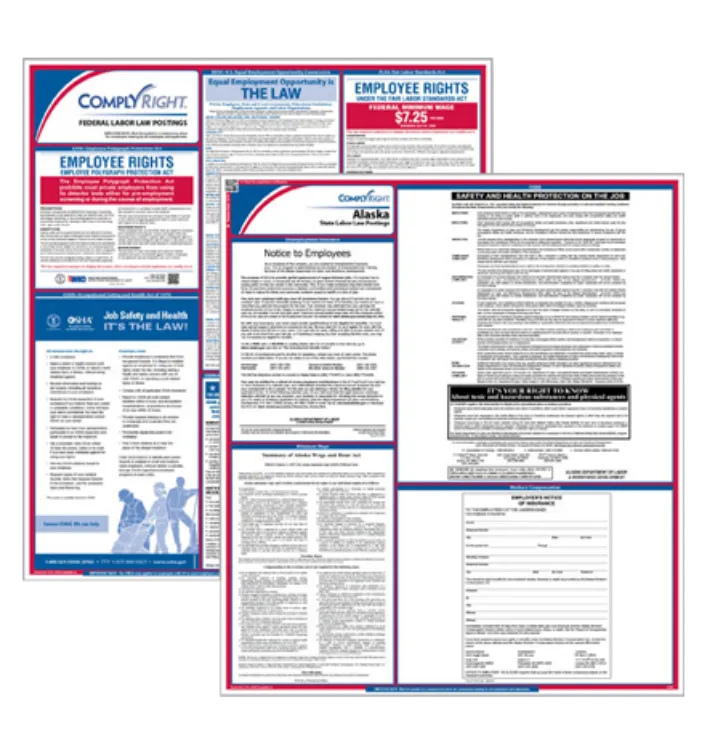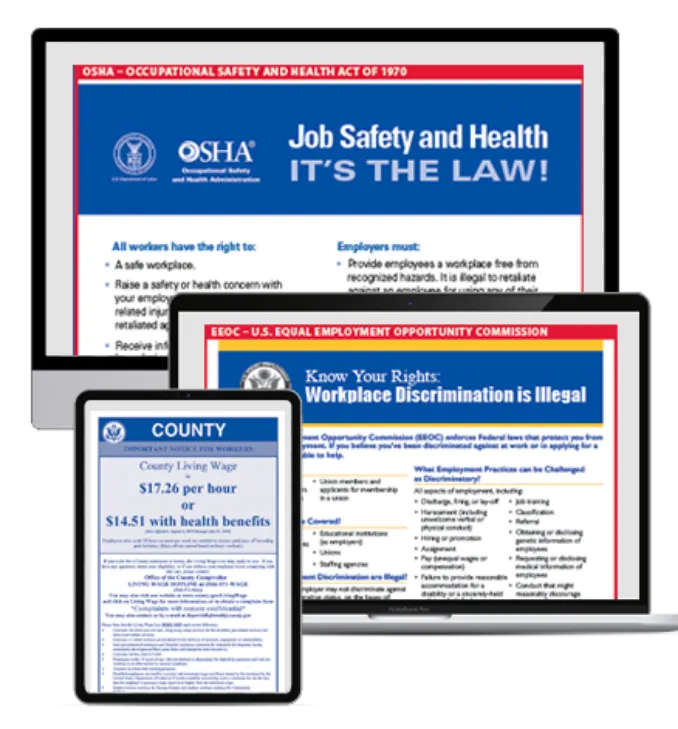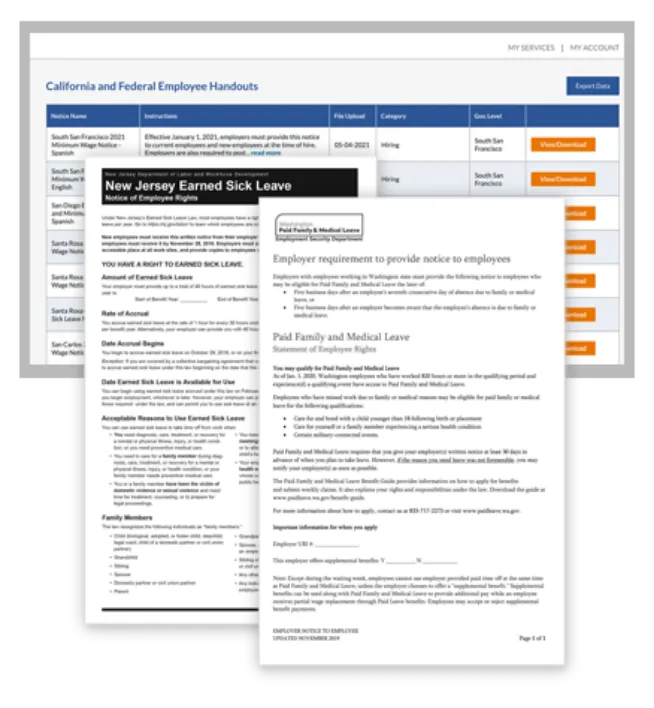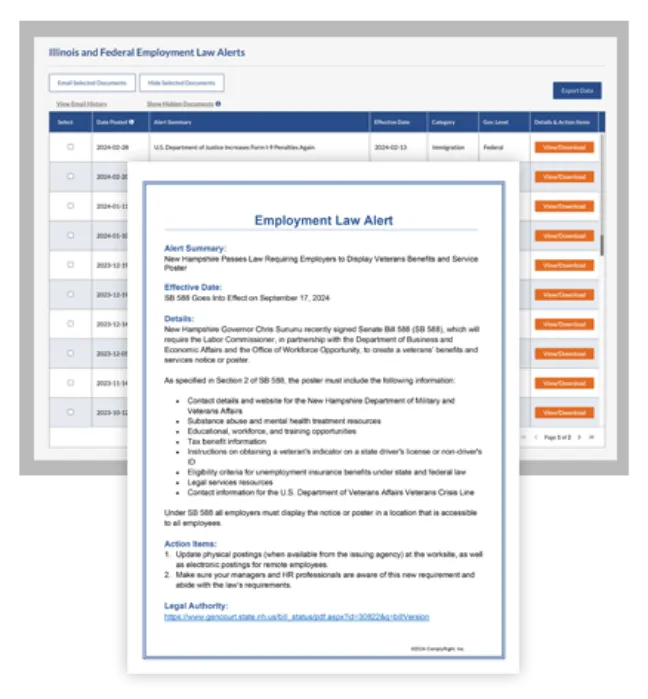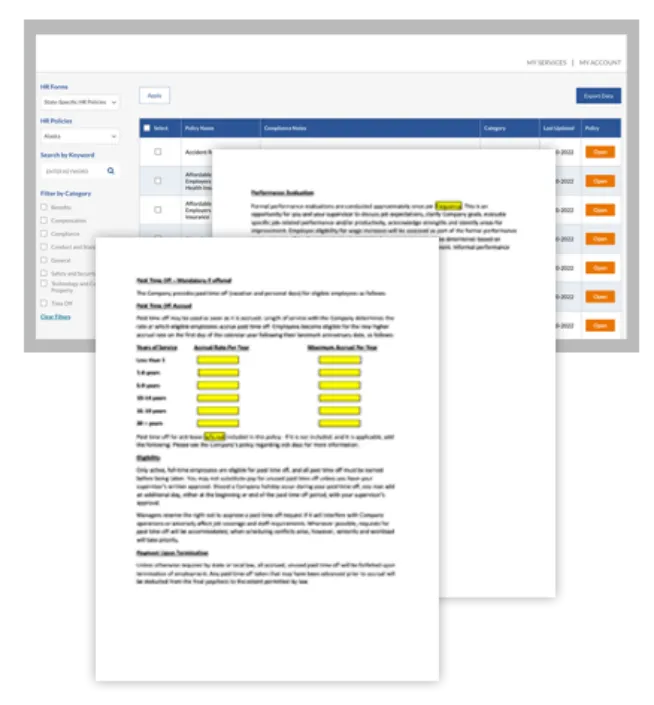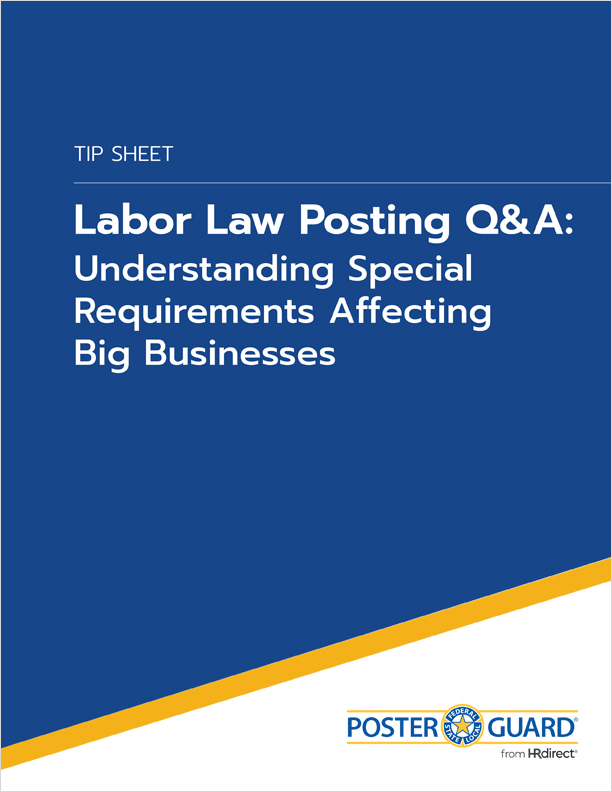As artificial intelligence (AI) continues to transform industries, integrating it into your workforce strategy is becoming increasingly important. According to a report in CFO Magazine, 71% of C-suite leaders consider AI a high or medium priority for their businesses. However, adopting AI requires more than just enthusiasm — it involves planning and understanding.
Sharlyn Lauby, SHRM-SCP, author, speaker and the mind behind HR Bartender, offers key insights into how organizations can leverage AI effectively in their workforce strategies.
1. Incorporate AI into Your Talent Acquisition Strategy
AI is already making waves in talent acquisition, and its potential in this area is vast. Used correctly, AI-driven hiring can assist with candidate screening, resume analysis and interview scheduling. However, integrating AI into hiring processes must be done with caution to achieve transparency and avoid potential biases. Employers must comply with federal anti-discrimination laws, which remain fully applicable to AI-assisted hiring. Additionally, state and local governments are introducing their own AI laws, adding another layer of compliance.
As federal oversight shifts, employers should anticipate increased state and local regulation of AI in employment.
2. Ensure Compatibility with Existing Technologies
A significant portion of businesses already use human resources software — 80%, to be exact. As more companies adopt AI, it’s important to understand how AI will interact with your existing systems, such as HR and payroll platforms. HR professionals are increasingly planning to integrate AI into their processes to streamline tasks and improve efficiency. However, AI systems must be properly aligned with existing technologies, especially when dealing with sensitive employee data. For instance, if AI is used in managing FMLA (Family and Medical Leave Act) requests, ensuring that the system properly handles leave certifications and secures employee medical information is crucial. Discussions with technology providers should include questions about AI’s bias, security measures and privacy protections. Different states and cities have already passed laws regulating AI, such as California’s proposed regulations and New York City's law on automated employment decision tools. Keeping track of these regulations will ensure that your AI systems are compliant on all levels.
3. Create a Comprehensive AI Policy
Given the fast pace at which AI is being adopted, organizations should consider creating a formal AI policy. A cross-functional team can help design policies that address data protection laws like the GDPR and CCPA, ensuring that AI tools meet the legal requirements for privacy and security. An AI policy can also outline the ethical use of AI, preventing misuse or unintended consequences. Policies should cover employee training, AI transparency and regular reviews of AI practices to ensure compliance. This approach helps mitigate potential risks, such as fines or legal issues that could arise from non-compliance with evolving regulations.
4. Establish Clear Communication with Employees
Transparency is a recurring theme in AI adoption. Employees must understand how AI will impact their work, particularly when it comes to the potential for job displacement. Open discussions about AI’s role in daily tasks can reassure employees, showing them that AI tools are designed to enhance their productivity — not replace them. By automating routine tasks, AI can free up employees to focus on more meaningful work, such as interacting with customers or managing key projects. It’s essential to communicate when and how AI will be used, as well as the safeguards in place to protect employees from discriminatory practices. Regular updates and an open channel for feedback will create a more comfortable and collaborative environment for AI integration.
61% of HR professionals plan to invest in AI to streamline HR processes.
5. Provide Training on Proper AI Usage
AI is a powerful tool, but its effectiveness relies heavily on how it’s used. Comprehensive training is essential, not only on the technical aspects of AI but also on its ethical implications, as well as data privacy and security protocols. Employees should be taught how to interact with AI systems, how to evaluate AI-generated results and when to question AI outcomes if they seem inaccurate or biased. Training programs should also be updated regularly to reflect new developments in AI technology and its integration into company workflows. For departments directly using AI-powered tools, such as HR or finance, it's beneficial to offer more specialized training from AI technology vendors to provide a deeper understanding of the software’s capabilities and limitations.
Ready to Embrace AI? Plan for Seamless Integration
Successfully integrating AI into your workforce strategy offers a competitive advantage, but it requires careful planning, transparency and training. By focusing on these five key strategies, you can leverage AI’s full potential while safeguarding your organization’s compliance and ethical standards.

